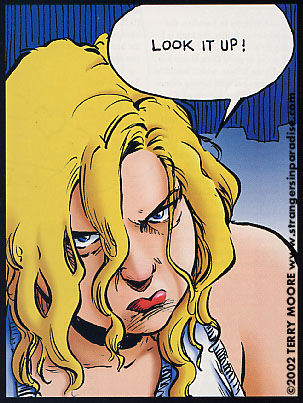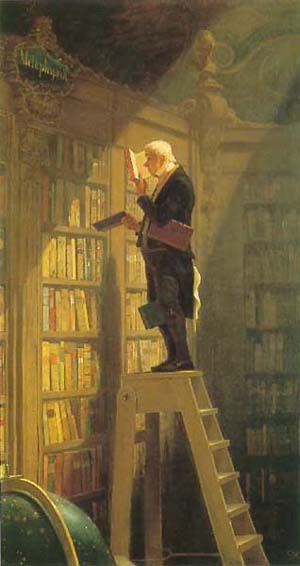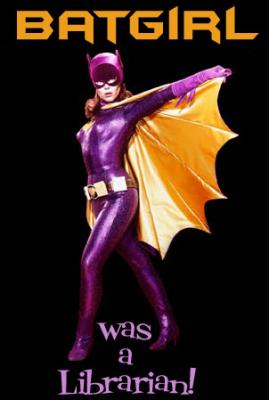
"Eliza Calvert Hall" was the pen name of Mrs. Eliza (Lida) Calvert Obenchain (1856-1935), a native of Bowling Green, Kentucky. This book is well known for it's gentle folk wisdom, provided by an elderly fictional Aunt Jane, a plain old Kentucky woman. But it is more than a collection of reminiscences about the region of Western Kentucky where the author was born and raised. The author worked hard to win rights for women in the areas of property ownership and divorce.
The first entry is called Sally Ann's Experience. It pits a group of women against the organized church. It was first published in Cosmopolitan in 1898. This one piece was popular in Chautauqua performances in the early twentieth century and even prompted Teddy Roosevelt to say in a speech in Lansing, Michigan in May of 1908 "I cordially recommend the first chapter of Aunt Jane of Kentucky as a tract in all families where the menfolk tend to selfish or thoughtless or overbearing disregard to the rights of their womenfolk."
The first entry is called Sally Ann's Experience. It pits a group of women against the organized church. It was first published in Cosmopolitan in 1898. This one piece was popular in Chautauqua performances in the early twentieth century and even prompted Teddy Roosevelt to say in a speech in Lansing, Michigan in May of 1908 "I cordially recommend the first chapter of Aunt Jane of Kentucky as a tract in all families where the menfolk tend to selfish or thoughtless or overbearing disregard to the rights of their womenfolk."
These stories recall Sunday dinners, church meetings and county fair competitions and her lively and folksy comments are often sly comments on the society of her time. Her insights on women's lives and work are showcased in these clever tales. As an example, at one point in her essay "The New Organ" after an old yellow rooster flutters up to the door-step and crows ominously Aunt Jane says "There, now! You hear that?...There's some folks that gives right up and looks for sickness or death or bad news every time a rooster crows in the door. But I never let such things bother me. The Bible says that nobody knows what a day may bring forth, and if I don't know, it ain't likely my old yeller rooster does."
Humor plays a big part in this book and the tales are delightfully told. She uses eccentric characters to illustrate simple values, and she does it in such a way that no one would take offense. It is comforting to go back in time to a community where everybody knew one another and people worked together despite their differences. That is part of the charm of this book. This is what accounts also for the popularity of books like Jan Karon's The Mitford series.
In a story called Mary Andrews' Dinner-Party the character Aunt Jane says "He preached about Nebuchadnezzar and the image he saw in his dream with the head of gold and the feet of clay. And he said that every human being was like that image; there was gold and there was clay in every one of us. Part of us was human and part was divine. Part of us was earthly like the clay, and part heavenly like the gold. And he said that in some folks you couldn't see anything but the clay, but that the gold was there, and if you looked long enough you'd find it. And some folks, he said, looked like they was all gold, but somewhere or other there was the clay, too, and nobody was so good but what he had his secret sins and open faults. And he said sin was jest another name for ignorance, and that Christ knew this when he prayed on the cross, 'Father, forgive them, for they know not what they do.' He said everybody would do right, if they knew what was right to do, and that the thing for us to do was to look for the gold and not the clay in other folks. For the gold was the part that would never die, and the clay was jest the mortal part that we dropped when this mortal shall have put on immortality."
I think the character Aunt Jane was presented as loving life and enjoying it and not just enduring it, and she seemed to live a very happy and fulfilled life, and believed that there was value in all spheres of women's life and work. I think that is a very endearing lesson for all of us and that is why this book is popular still to this day.









































No comments:
Post a Comment